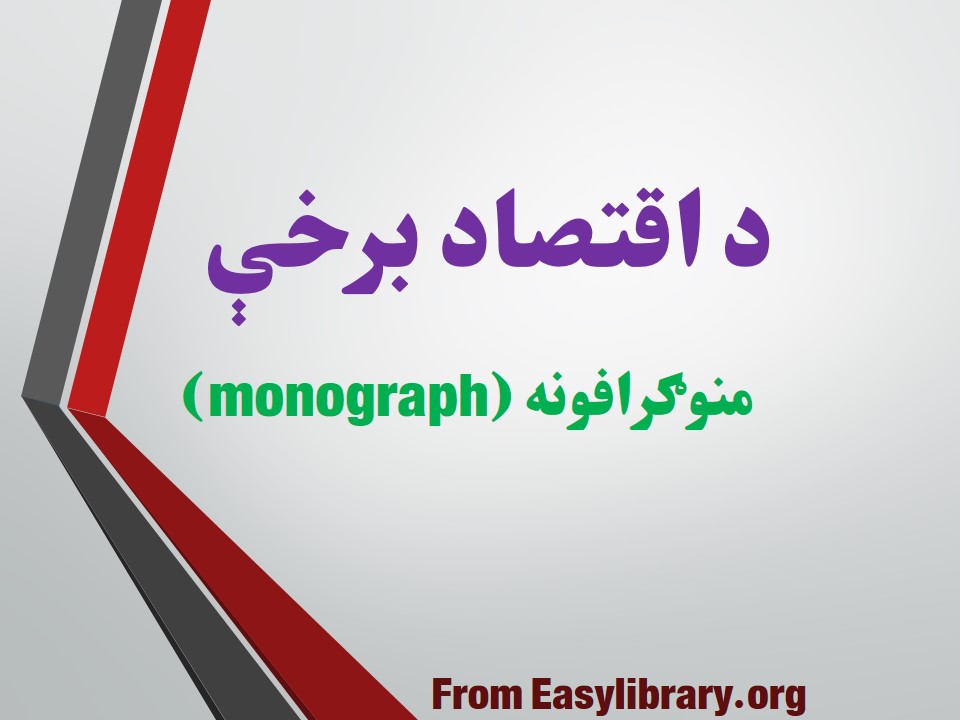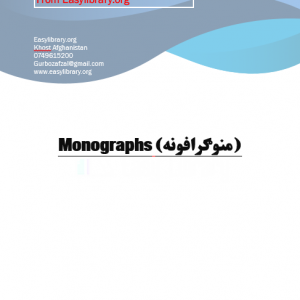About ( اهميت ټرانسپورت هوايي در اقتصاد افغانستان ): You can read short details of the book above. If You want to get the book ( اهميت ټرانسپورت هوايي در اقتصاد افغانستان ), than just click on DOWNLOAD FREE Bottom, wait and the download will start to your Mobile/PC.
More from Easylibrary.org: د مکتب نصاب کتابونه, Afghanistan Provinces & Districts Maps (Pdf)
Quotes
Macroeconomic policy and analysis are crucial components of economic management for governments and policymakers. They involve the study and application of various theories, models, and practices aimed at stabilizing and improving overall economic performance at the national and international levels. Let’s delve into the key aspects:
1. Monetary Policy:
- Definition: Monetary policy involves the management of money supply, interest rates, and other financial instruments by a central bank to achieve macroeconomic objectives such as price stability, full employment, and economic growth.
- Theories and Models: Monetarism, Keynesianism, and New Keynesian economics offer different perspectives on the role and effectiveness of monetary policy.
- Practices: Central banks implement monetary policy through tools like open market operations, reserve requirements, discount rates, and quantitative easing.
2. Fiscal Policy:
- Definition: Fiscal policy refers to government decisions on taxation and spending aimed at influencing aggregate demand, employment, and economic growth.
- Theories and Models: Keynesian theory suggests that fiscal policy can be used to manage demand and stabilize the economy during economic downturns.
- Practices: Governments use fiscal policy tools such as changes in tax rates, government spending on infrastructure, welfare programs, and stimulus packages to achieve macroeconomic objectives.
3. International Economics:
- Definition: International economics deals with the study of economic interactions among countries, including trade, finance, and exchange rates.
- Theories and Models: Comparative advantage, balance of payments theory, and the Mundell-Fleming model are central to understanding international economics.
- Practices: Governments engage in international economics through trade policies, exchange rate regimes, capital controls, and participation in international organizations like the World Trade Organization (WTO) and the International Monetary Fund (IMF).
Key Concepts and Tools:
- Aggregate Demand and Supply: The interaction between aggregate demand (total demand for goods and services in an economy) and aggregate supply (total output of goods and services).
- Business Cycles: The recurring pattern of expansion and contraction in economic activity characterized by phases of growth, peak, recession, and trough.
- Inflation and Deflation: Changes in the general price level of goods and services over time, which can influence consumer behavior and economic decisions.
- Unemployment: The number of people actively seeking employment but unable to find jobs, which reflects the health of the labor market and overall economic conditions.
- Economic Indicators: Metrics such as GDP growth, inflation rate, unemployment rate, and consumer confidence used to assess the performance and health of an economy.
Challenges and Controversies:
- Policy Effectiveness: Debates exist regarding the effectiveness of monetary and fiscal policies in achieving macroeconomic objectives, particularly during periods of economic uncertainty.
- Policy Coordination: Coordinating monetary and fiscal policies across different levels of government and international borders can be challenging due to conflicting objectives and priorities.
- Policy Lags: There can be time lags between the implementation of macroeconomic policies and their impact on the economy, making it difficult to respond swiftly to changing economic conditions.
In summary, macroeconomic policy and analysis encompass a wide range of theories, models, and practices aimed at achieving stable and sustainable economic growth, low unemployment, and stable prices both domestically and internationally. Understanding these concepts and tools is essential for policymakers, economists, and stakeholders to make informed decisions and navigate the complexities of the global economy.
Read more: Afghanistan Jobs , Articles ,+Publish your Books





Reviews
There are no reviews yet.